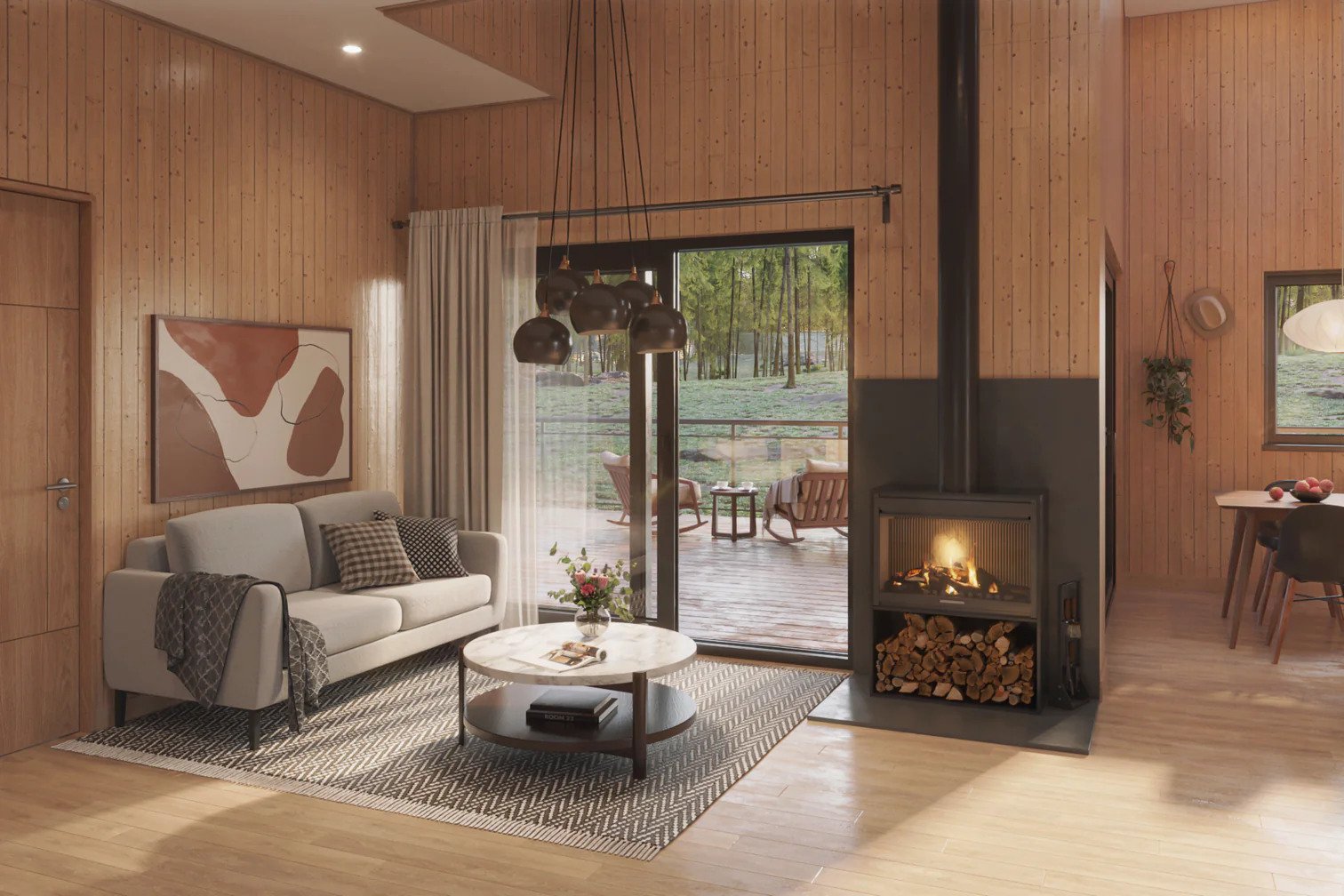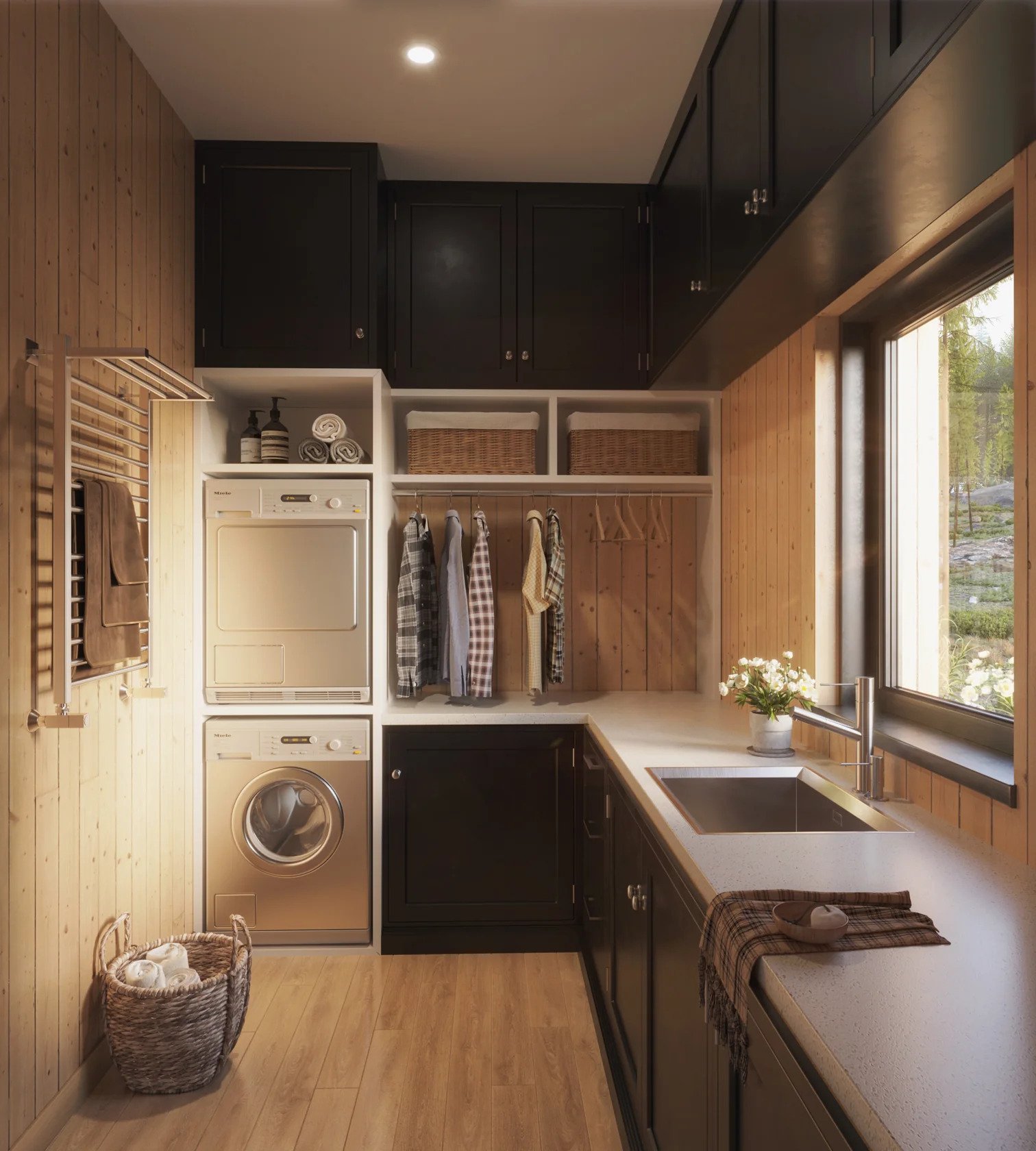Waste Hater: CABN
Not everyone in the world can afford a house (especially not in this market!), but soon, many of us may be able to purchase a CABN.
Part prefab, part tiny home, the company offers net-zero housing structures that enable “everyone to live anywhere,” in a way that’s sustainable and energy efficient.
CABN was founded by Jackson Wyatt, a business leader who met great success with a compostable goods company. Hoping to continue his founder’s journey - and also secure a vacation home - Wyatt started marinating on ways to innovate the industry.
“Jackson was pondering a getaway in nature, perhaps a cabin on an island– quickly his desire for relaxation morphed into an entrepreneurial quest,” Alex Kelly, COO, tells Replate. “Working with top engineers and subject matter experts, Jackson built a company to solve some of the limiting issues of housing– energy, sustainability, and rapid assembly - building CABN from the ground up.”
CABN offers five unique properties, ranging from an accessory unit (to be used as an office or gym, for example) to a four-bedroom home. The units can all function off grid, creating a self reliant energy source through solar arrays without requiring traditional utilities.
And they can pretty much be placed anywhere.
The way it works, CABN conducts a site assessment for each request to gather specs and ensure capacity. The team builds each structure in a manufacturing facility, then ships the homes in containers packed with solar, mechanical, and other systems, all organized for rapid assembly.
Once ordered, units typically arrive in 10-12 months, allowing clients time to prepare facilities, obtain permits and clear the property. They’re crane-lifted onto the site.
“[It] was a lengthy research and design process,” Kelly points out. “The challenge existed in integrating different building techniques and modalities to create a structure that exceeded Passivhaus standards, offered high performing utilities, and was contained in a functional, yet beautiful design.”
Passivhaus buildings must meet rigorous energy efficient design standards, and are able to maintain consistent temperatures with little additional heating or cooling. As a result, CABN homes use 20% of the energy of a traditional home, and require little in the means of a thermostat.
According to Kelly, occupants that are connected to the grid may even be able to sell excess energy back, and make a return on their investment.
From a social impact perspective, CABN democratizes a space typically reserved for the wealthy and elite. On average, the cost of solar panels alone, including installation, can range from $10,000 to $25,000 or more for a residential system.
That’s if you can even buy a home!
“CABN recognizes that housing is a human right, and works tirelessly to make it more attainable for individuals,” says Kelly. “We are focusing on sustainable fabrication and assembly techniques, as well as working to secure a future supply chain for broader application in communities.”
While costs of the homes are still high, CABN created units that can be assembled anywhere, reducing the cost of land depending on where they’re located. Along with general energy savings, Kelly notes the “rapid, component based building technology allows for short time on site, allowing the homes to be constructed in days and finished in weeks, reducing the time and resources required from site trades.”
A substantial “move” in the right direction!
To learn more about CABN, visit their website.
Find out more on Replate, here!


